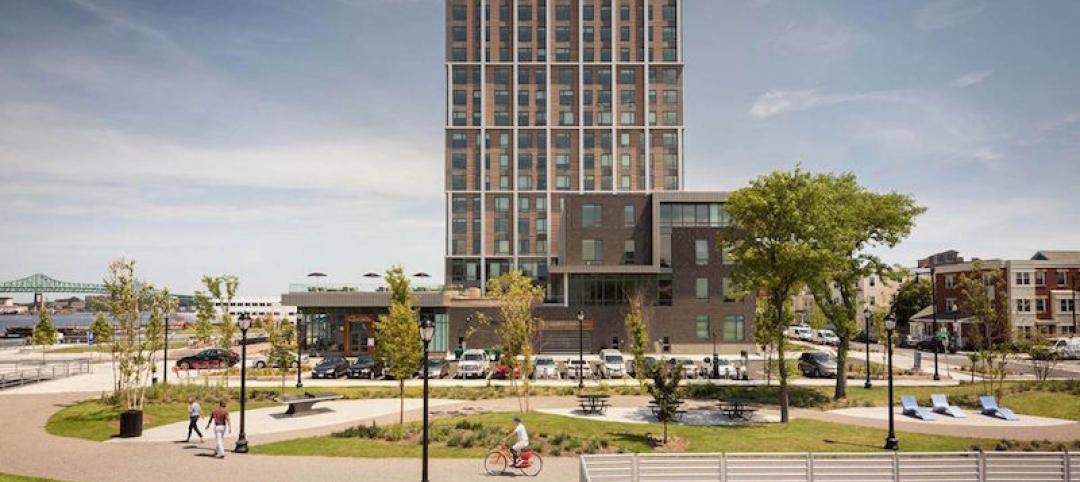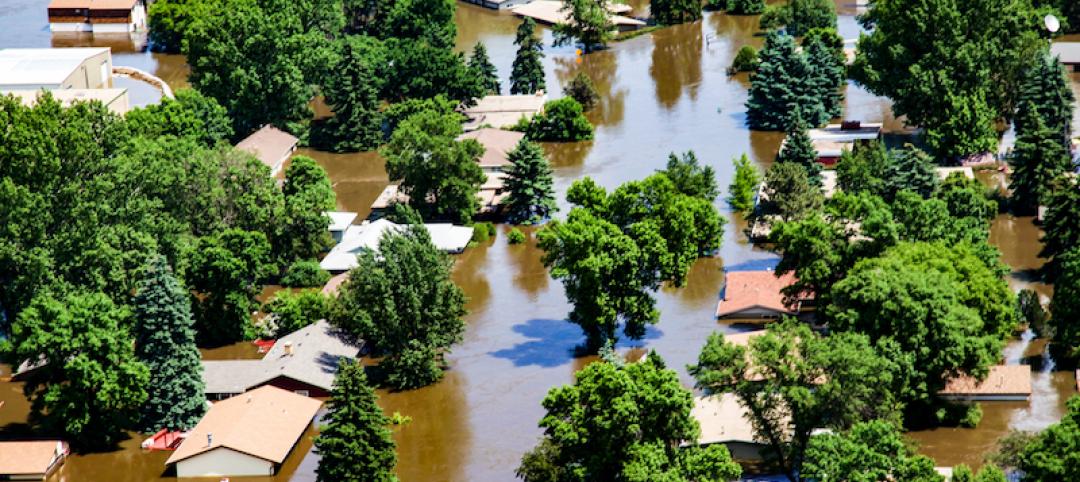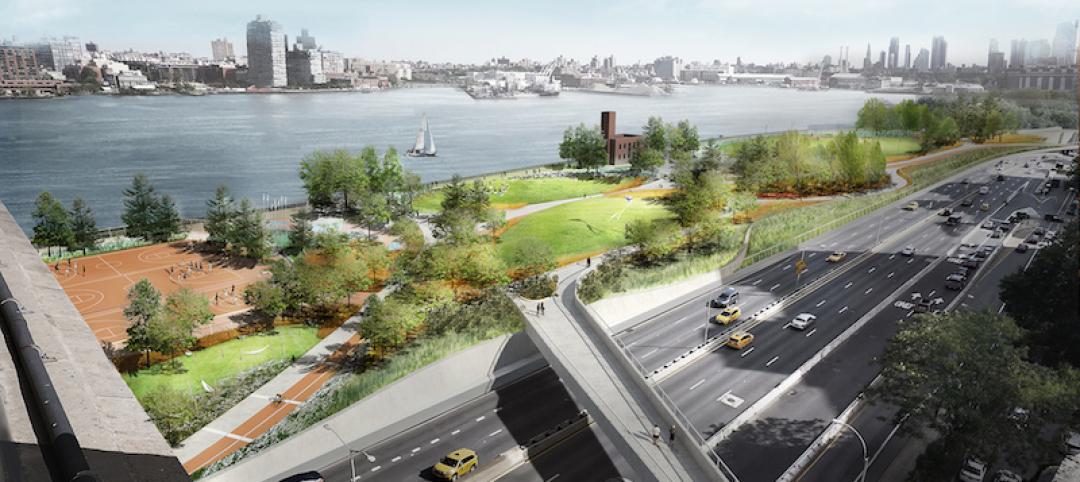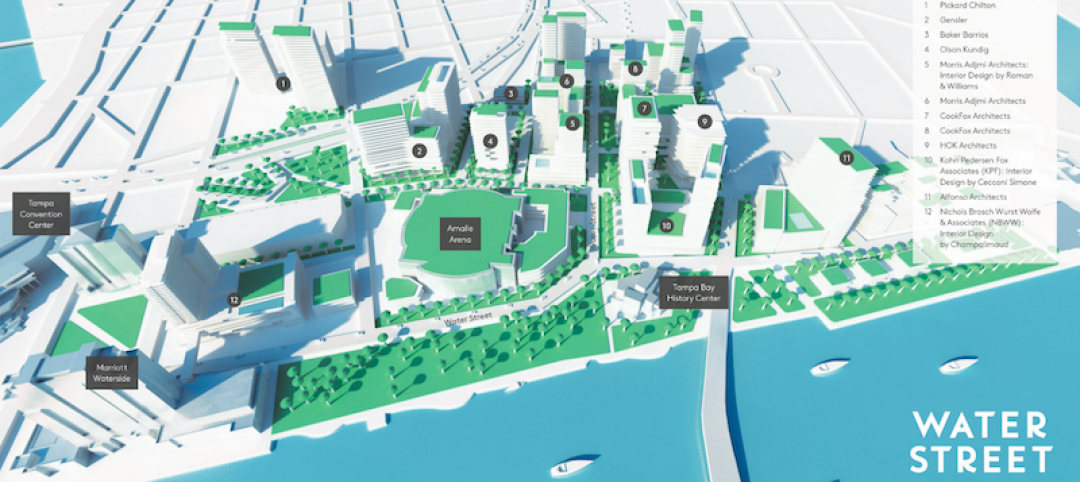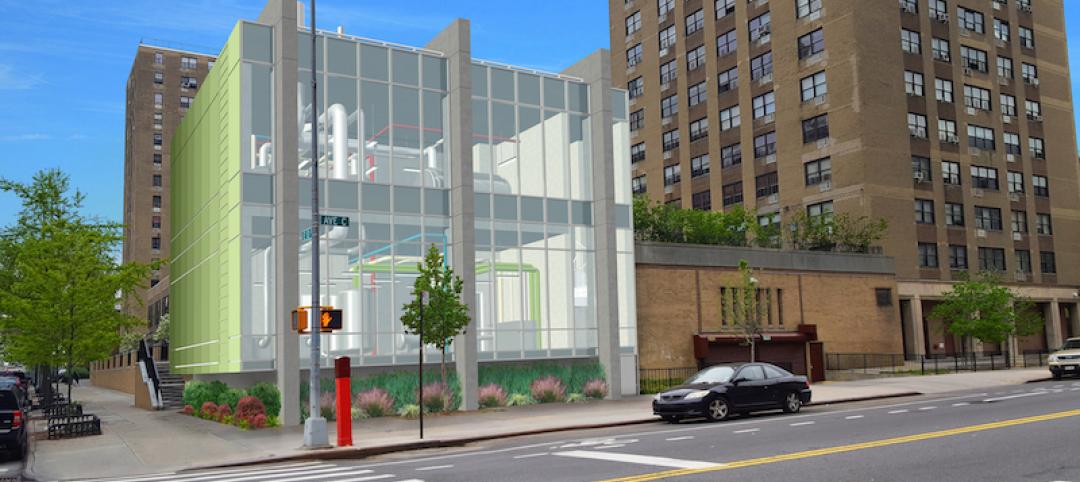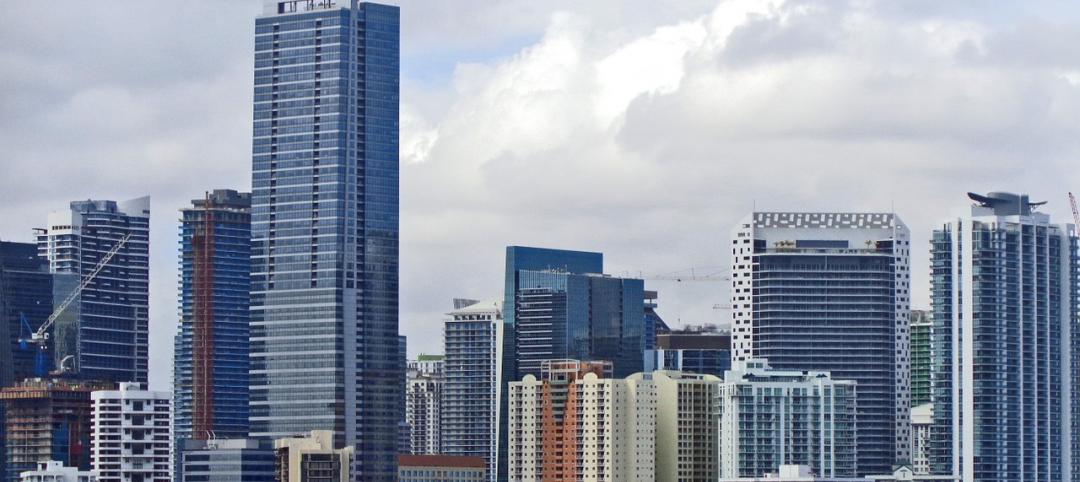A phenomenon known as “underground climate change” can lead to damage of building foundations and civil infrastructure, according to a researcher at Northwestern University.
When the ground gets hotter, it can expand and contract, causing foundations to move and sometimes crack. The Northwestern study focused on Chicago, which has a predominately clay subsurface that can contract when heated.
The concern is not limited to the Windy City, though, as many other urban zones contain fine-grained soils that are vulnerable to such deformations. Cities are more likely than rural areas to feel the effects of underground climate change because construction materials trap heat that is transferred below ground. The research team found temperatures under the densely developed Chicago Loop were often 10 degrees Celsius warmer than those under Grant Park.
Underground climate change will not cause sudden failure like a building collapse, rather it is a slow process that degrades structures over the years. To counteract this trend, building teams can reduce the amount of heat entering the ground by installing thermal insulation.
Related Stories
Resiliency | Nov 15, 2017
Resilient design for waterfront buildings: a real estate win-win in vulnerable area
The developer sees resilient developments achieving top-of-market pricing, faster leasing, higher renewal, and higher occupancy rates.
Greenbuild Report | Oct 18, 2017
Rebuild, retreat, or resist
Hurricanes Harvey and Irma expose the necessity—and limitations—of resilient design and construction measures.
Resiliency | Oct 18, 2017
Cities weigh relocations as part of their defenses against natural disasters
Convincing people to relocate can be a psychological hurdle.
Resiliency | Oct 16, 2017
The race to codify resilience design
An array of guidelines and standards coming from all kinds of sources are jockeying for position to stamp their imprint on resilience best practices and, potentially, new codes.
Resiliency | Oct 13, 2017
Resiliency takes center stage in new projects around the country
Projects like these, where resilience is central to their design and construction, are becoming more commonplace.
Resiliency | Sep 27, 2017
The East Side Coastal Resiliency Project will span 2.5 miles of Lower Manhattan
The project will safeguard the Lower East Side against severe weather and rising sea levels.
Codes and Standards | Sep 11, 2017
Natural solutions would be most effective flood resilience policies for Houston
New green infrastructure should be part of rebuild.
Mixed-Use | Aug 30, 2017
A 50-acre waterfront redevelopment gets under way in Tampa
Nine architects, three interior designers, and nine contractors are involved in this $3 billion project.
Resiliency | Jun 7, 2017
New disaster-resilient infrastructure building and upgrades hope to keep Haven Plaza up and running
The affordable housing complex was hit hard during Hurricane Sandy, leaving residents without electricity or water.
Codes and Standards | May 30, 2017
Florida preparing to adjust to new building elevation requirements
New floodplain maps and state code changes loom.



